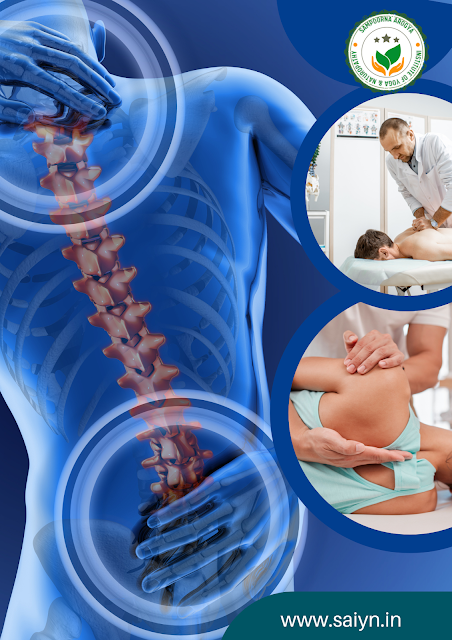Good gut health is not just about avoiding stomachaches or indigestion; it's about fostering a balanced ecosystem within your digestive system that supports overall well-being. While there's no one-size-fits-all solution, incorporating a holistic approach encompassing food practices, yoga, nutrition, sleep hygiene, stress management, and Ayurveda techniques can significantly improve gut health. Let's delve into these secrets and explore practical tips that can be easily implemented at home.
Food Practices:
- Fiber-Rich Diet: Consuming plenty of fiber from fruits, vegetables, whole grains, and legumes promotes regular bowel movements and nourishes beneficial gut bacteria.
- Fermented Foods: Incorporating fermented foods like yogurt, kefir, sauerkraut, and kimchi introduces probiotics that bolster gut microbiota diversity and function.
- Hydration: Staying adequately hydrated supports digestion and helps maintain the mucosal lining of the intestines.
Yoga:
- Gut-Soothing Poses: Practicing yoga poses such as Wind-Relieving Pose (Pawanmuktasana), Cat-Cow Stretch (Marjaryasana-Bitilasana), and Child's Pose (Balasana) can alleviate digestive discomfort and promote relaxation.
- Breathing Exercises: Deep breathing techniques like diaphragmatic breathing or pranayama can reduce stress levels, which in turn benefits gut health by modulating the gut-brain axis.
Nutrition:
- Balanced Diet: Ensuring a balanced intake of macronutrients (carbohydrates, proteins, and fats) and micronutrients (vitamins and minerals) supports overall gut function and immune health.
- Limiting Processed Foods: Minimizing intake of processed foods, refined sugars, and artificial additives reduces inflammation and supports a diverse gut microbiome.
Sleep:
- Consistent Sleep Schedule: Establishing a regular sleep routine regulates circadian rhythms and promotes gut microbiota stability.
- Quality Sleep Environment: Creating a conducive sleep environment free from distractions and maintaining comfortable room temperature enhances sleep quality, which is crucial for gut health restoration and repair.
Mental Stress Management:
- Mindfulness Practices: Engaging in mindfulness meditation, progressive muscle relaxation, or guided imagery reduces stress hormone levels and fosters a positive gut environment.
- Creative Outlets: Pursuing hobbies, spending time in nature, or connecting with loved ones alleviates mental stress and positively influences gut-brain communication.
Ayurveda Techniques:
- Herbal Remedies: Ayurvedic herbs like ginger, turmeric, and licorice possess anti-inflammatory and digestive properties that support gut health.
- Oil Pulling: Incorporating oil pulling with coconut or sesame oil helps remove toxins from the mouth and supports oral and gut microbiome balance.
- Meal Prepping: Planning and preparing balanced meals in advance encourages healthier food choices and reduces reliance on processed convenience foods.
- Stay Active: Regular physical activity, whether through home workouts, brisk walks, or yoga sessions, promotes gut motility and overall well-being.
Achieving optimal gut health is a multifaceted journey that involves mindful choices and holistic lifestyle practices. By incorporating food practices, yoga, nutrition, sleep hygiene, stress management, and Ayurveda techniques, individuals can nurture a thriving gut microbiome and unlock the secrets to long-lasting vitality and wellness. Start implementing these tips today to embark on a path towards a healthier gut and a happier you. Get expert advice for stress management
Related Articles
















